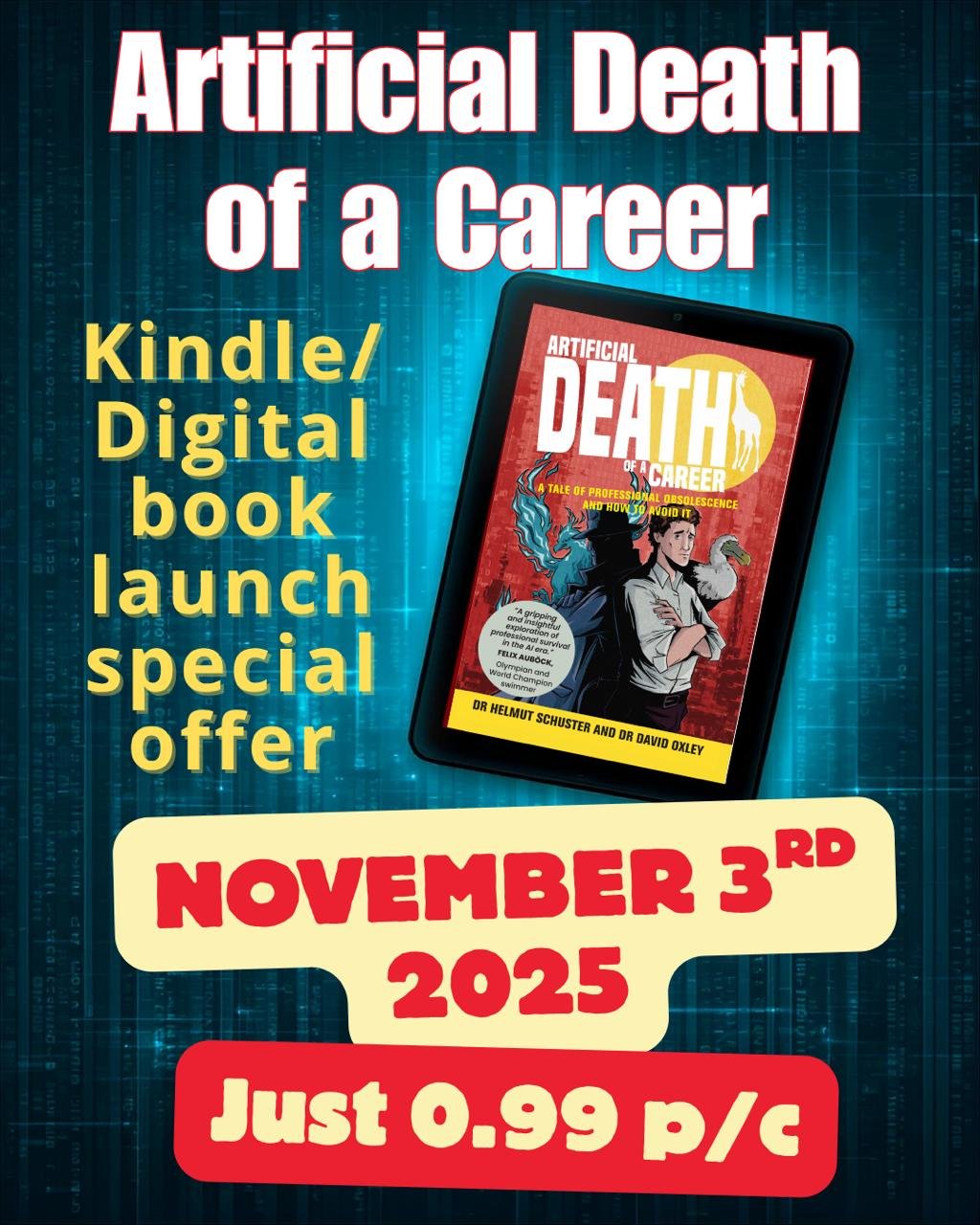Getting the “right people on the bus” is the key to creating a high-performance culture, according to Jim Collins , author of From Good to Great. What happens next once you get on the bus? Do all of the passengers share the same excitement and destination? Does the bus driver have the emotional and physical well-being to operate the bus safely? Who is riding the wrong bus? How can we guarantee that everyone remains on the bus? Great leaders care and ensure that high-potential employees board the bus and that the prospective employee occupies the important seats. Put another way, employees with the necessary skills, the capacity to perform up to standards, and a strong dedication to the organization’s goals. Employees who are part of an effective performance assessment system feel important and motivated when they receive praise for their efforts. They strive for perfection in their work because they are kept in high spirits when their contributions are promptly recognized and appreciated. This enhances productivity inside the organization. How well are you carrying out the performance assessment process?
What issues do we have with the performance management?
With the pace at which the business world is changing, traditional end-of-year appraisal, designed in the 1970s, is clearly not fit to serve the purpose. The process’s complex, multi-layered administrative nature provides a compelling reason for the employees and business partners to ask, “Why are we doing this, and who will benefit from it?” If we truly aim to leverage Performance Management as an essential weapon in our arsenal, we must ask these questions-
- Does the current process provide insights into the right talent decisions?
- Does the current process facilitate continuous learning?
- Does the current process focus on employee achievement and their contribution to the team & overall business objective?
- Is it driving the culture of engagement & high performance, or does it lead to dissatisfaction?
The answer to all the above lies in how we use it.
Performance assessment must be placed in the proper context and support the notion that exceptional employees should be pushed to reach their full potential. However, the process can still be considered productive and produce beneficial results for the organisation if redesigned with an emphasis on teams, employee ownership, responsibility, and openness.
Will the philosophy of performance assessment hold up in the present?
To what extent do the traditional performance assessment methods have a bearing on improving performance in the agile and modern workplace for the betterment of the manager, team, employee, and organization? Regardless of the rationale behind the choice, the organization must motivate and encourage its employees to bring forth their best efforts. This is to respond to the increased work demands and convey to them the value they add to the organization. Employees in an agile environment must be evaluated (rewarded) differently because their work is very dynamic. Their behaviours, unique skill sets, motivation, and potential may be identified by their behaviours, unique skill sets, motivation, and potential. The issue to debate is how accurately and fairly the performance assessment represents the employees.
What are the underlying reasons behind an ineffective performance assessment? Poor performance assessment is the term used to describe methods or approaches that need to be better for managing employee performance. Poor performance assessments can be caused by factors such as overstating or understating recent performances, having an unstructured process in place, conducting performance assessments only once a year, and having inconsistent goals and feedback. A new strategy is needed with so many approaches failing to improve performance assessment. What fresh components are advantageous to the company and its employees to be incorporated into a real-time performance assessment?
Innovation in performance management within a flexible and agile work environment
A universally applicable performance management solution does not exist. The new methods of performance management are founded on the idea that employee should be coached and supported to provide their greatest effort. Here are a few helpful, cross-generational, group-applicable ideas which, if deployed, have the ability to make the process a strategic one.
- Humanize the process of goal-setting
The main objectives of SMART goals are to manage expectations and provide results following the organization’s strategic goals and vision. Setting long-term goals in an agile work environment is challenging, which makes timely goal setting critical. In contrast to individual-centric goals, an innovative performance management process suggests team-centric goals to promote cohesion and synergy while working towards shared organizational objectives. With the use of real-time performance management and feedback, goal setting and timing can be modified to the specific work at hand and continue real-time (check-in) feedback exchanges.
- Institutionalize having conversation
The top-down approach no longer serves the purpose of the process. Switching to a transparent, employee-focused is the core. Regular “Check-In” meetings to discuss ideas and set expectations, aspirations, and personal development goals are the aspects that make the process insightful and progressive. Supportive and encouraging tone by managers, along with constructive feedback, is underrated but has a direct impact on employee engagement.
- Balanced approach to forced distribution
Forced distribution will continue to be helpful for organizations with strict expectations and limited resources. However, it can potentially create disengagement and could impact collaboration giving way to a more individualistic approach. If your organization is on a path to finding a new balance between the traditional approach and the new-age process, having a mixed approach could be just the right solution. One method that is used in this regard is the Continuous Performance Management (CPM) method. The three fundamental components of CPM track an employee’s constant progress toward the organization’s goals: continuous analysis, agile management, and real-time feedback. CPM fosters an environment of open communication. Everything ultimately comes down to what employees do daily, how they view the company, how they work in teams, how they support strategic goals, and what motivates them.
- Change who owns the outcomes
Traditionally, this process has three major owners- The manager, employee and HR. The HR function is responsible for driving and governing the entire process. Does HR have the ultimate privilege of exercising judgment calls and making decisions? Not at all. Employees must have full responsibility and ownership of their performance outcomes, and they must be empowered to own it. It’s high time we changed the narrative of HR owning the process and be more inclusive about its ownership.
- Keep compensation discussions and performance management separate
Another pitfall towards realizing the true potential of Performance Management is that the line between performance discussions and compensation discussions is absolutely blurred, or maybe it doesn’t exist at all. On the part of employees, instead of being open, honest and transparent, the self-evaluation narrative is more influenced by what they believe would result in a desired raise. Even worse is the fact that on the part of managers, decisions of ratings and salary hikes are more driven by the allocated budget than employee performance. This deprives the process of the fairness it deserves and is often perceived as a time-consuming, tick-mark activity with minimum value addition.
Ensure the employees understand precisely what is expected of them in terms of performance and emphasize the job skills that connect performance management and compensation.
- Utilize data and technology
Leveraging data to enhance the effectiveness of the process is contemporary and needs the hour. Technology can be the right support for optimizing it. Collecting, analyzing, and sharing performance data and feedback through digital tools and platforms, like dashboards, gamification, and online surveys, can be useful for identifying performance trends, gaps, and opportunities. Assurance of the reliability, morality, and security of the data and technology used by the organization is crucial here.
- Build managerial capability to provide insightful employee feedback
As much as employees look forward to feedback that helps them get better at their jobs, doing it wrong can severely impact motivation and engagement. However, if done right, constructive and developmental feedback might be the game changer. Here are some strategies for managers that can help them deliver their role effectively in the process:
- Give positive feedback right away to establish the tone for the meeting and make employees feel more at ease.
- Focus on taking corrective action instead of exaggerating the issues.
- Support feedback with specific examples.
- Encourage employees to reflect and understand how they can perform better, then incorporate the ideas into a strategy for personal growth.
- Talk about ideas for enhancing the team’s ability and capability to perform better.
The intended outcome of the process is to give employees the confidence that the manager and the organization are committed to setting them up for success. When employees feel valued and encouraged, the organization’s long-term success is bound to improve manifolds.
Conclusion
Finally, innovative performance management is an essential tactic that organizations can leverage to boost employee productivity, support continuous improvement, and achieve organizational goals. Embracing flexibility and real-time feedback is no longer a choice if we want the process to be a meaningful exercise. It is a strategic necessity for businesses hoping to prosper in today’s cutthroat and competitive business environment. Organizations that don’t believe they need to change should, at the very least, evaluate whether their existing process is providing them with the tools they need to address performance issues now and nurture future potential talents.











